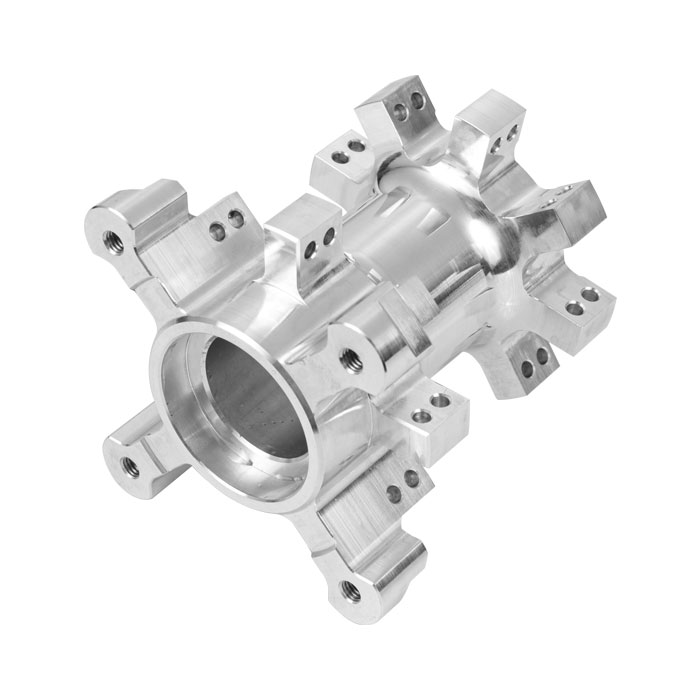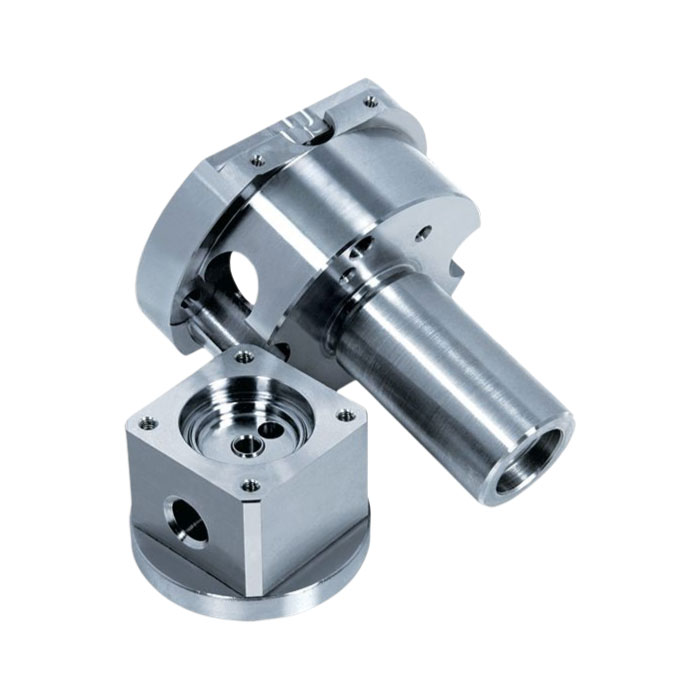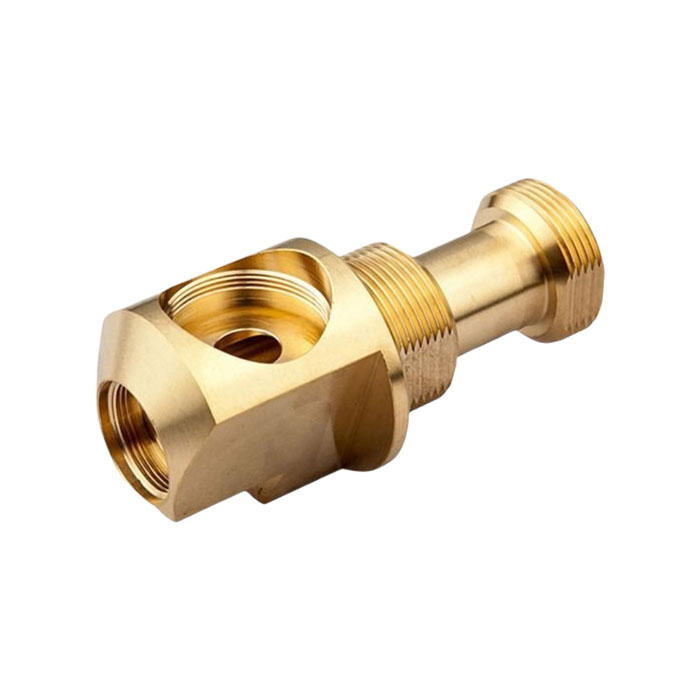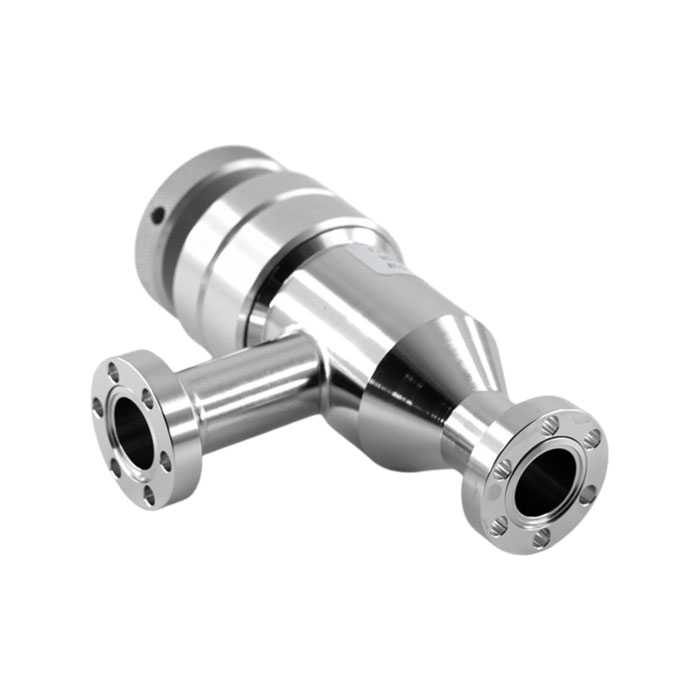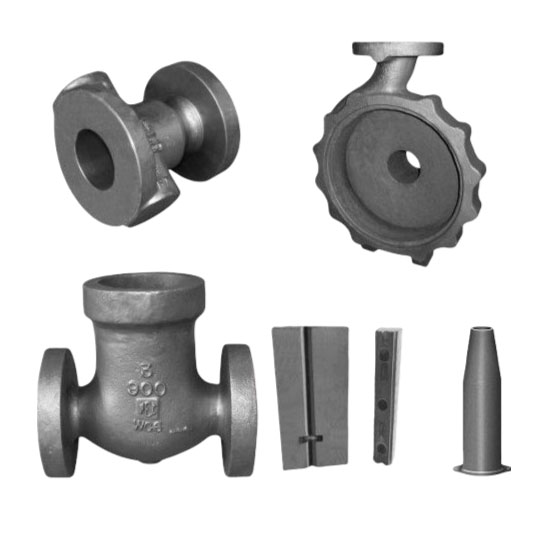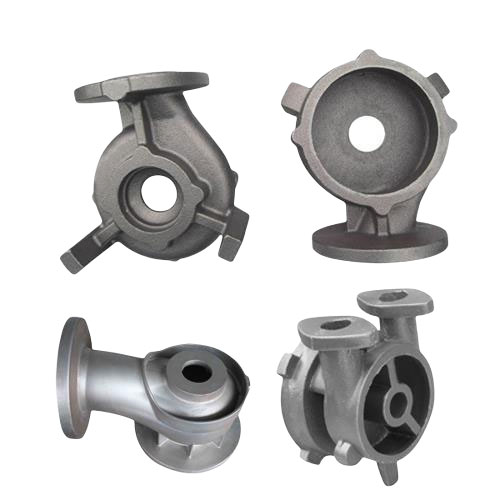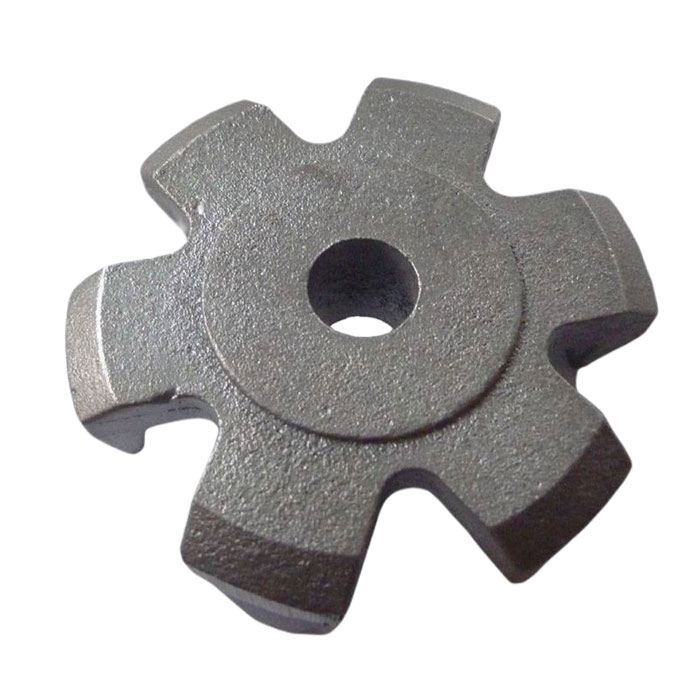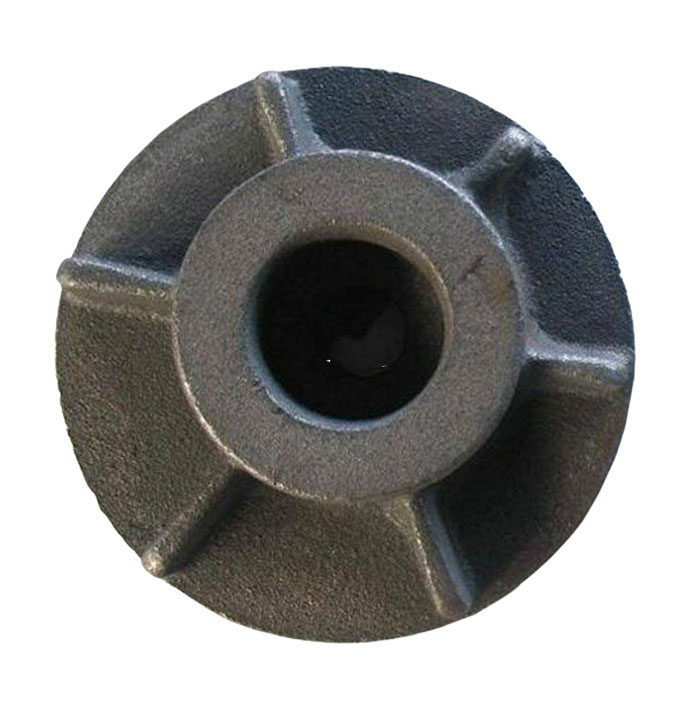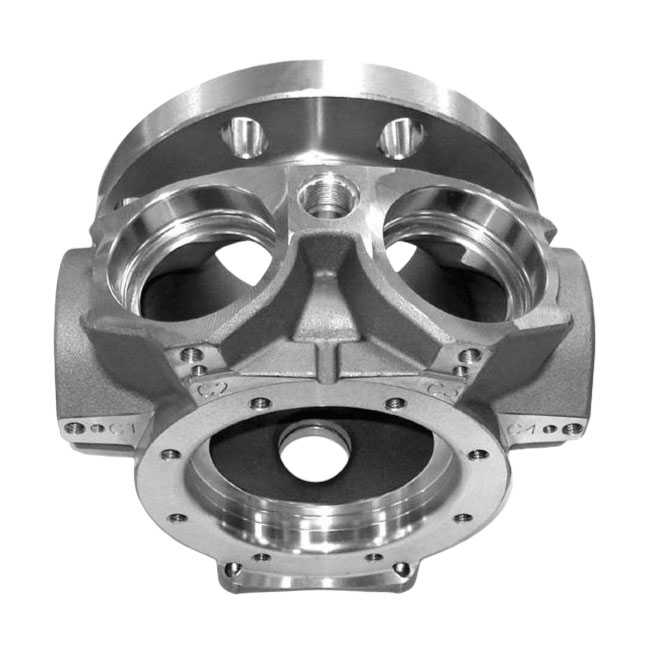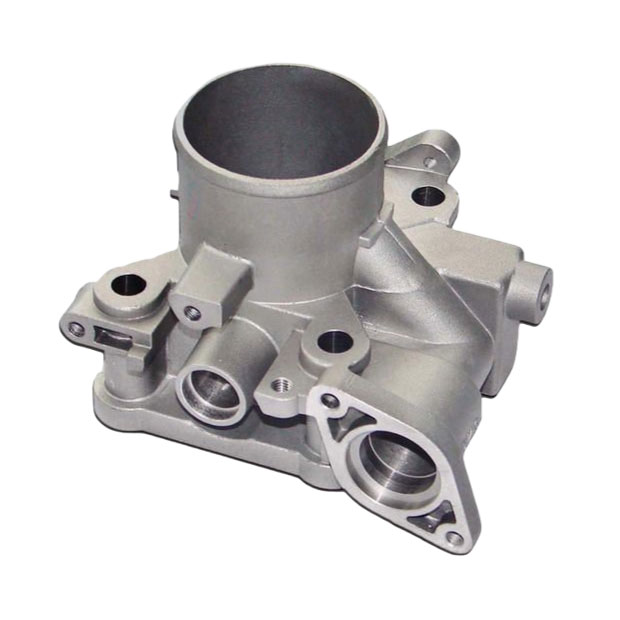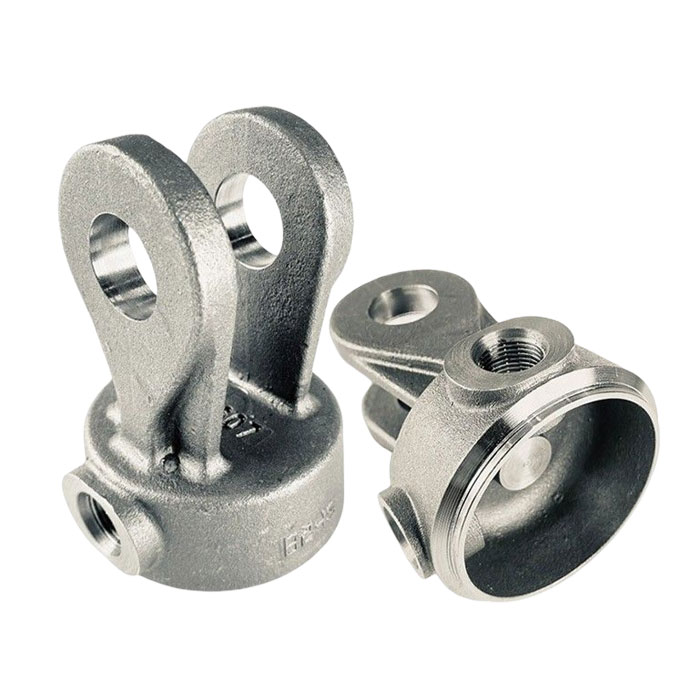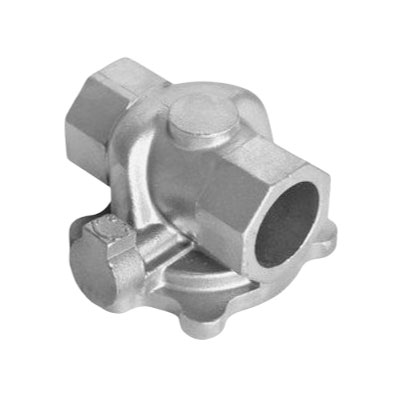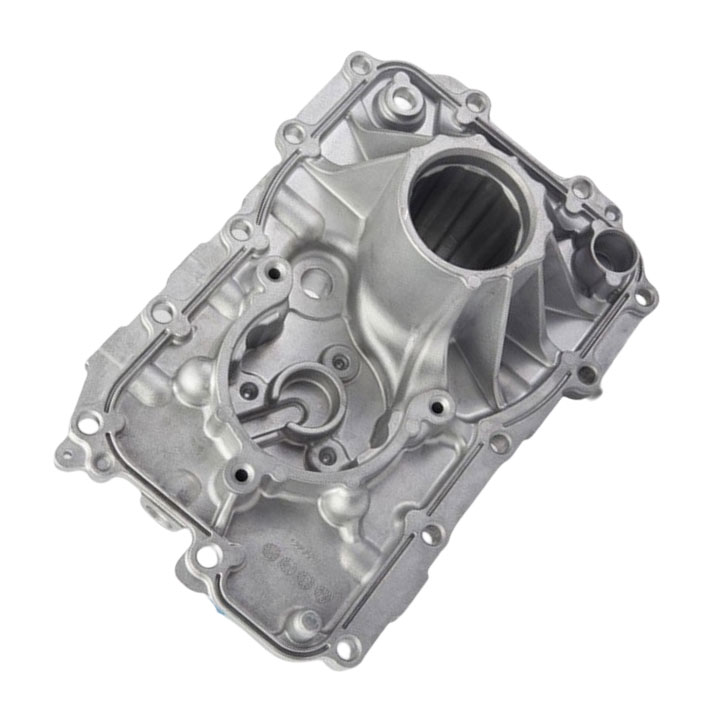
- English
- Español
- Português
- русский
- Français
- 日本語
- Deutsch
- tiếng Việt
- Italiano
- Nederlands
- ภาษาไทย
- Polski
- 한국어
- Svenska
- magyar
- Malay
- বাংলা ভাষার
- Dansk
- Suomi
- हिन्दी
- Pilipino
- Türkçe
- Gaeilge
- العربية
- Indonesia
- Norsk
- تمل
- český
- ελληνικά
- український
- Javanese
- فارسی
- தமிழ்
- తెలుగు
- नेपाली
- Burmese
- български
- ລາວ
- Latine
- Қазақша
- Euskal
- Azərbaycan
- Slovenský jazyk
- Македонски
- Lietuvos
- Eesti Keel
- Română
- Slovenski
- मराठी
- Srpski језик
Metal Sand Castings
Customized Youlin® Metal Sand Castings Factory. Youlin delivers world-class quality metal sand castings for industry leaders with proven short lead times. We work with over 250 different alloys and have one of the most experienced foundry team in place – from our engineering and quality teams to our foundry and sales personnel.
Send Inquiry
Customized Metal Sand Castings Factory.
"Quality initially, Honesty as base, Sincere company and mutual profit" is our idea, in order to create repeatedly and pursue the excellence for China Cheap price China OEM Youlin® Metal Sand Castings, Customers' benefit and gratification are normally our biggest intention. Remember to get in touch with us. Give us a probability, provide you with a surprise.
China Cheap price China Youlin® Metal Sand Castings, Customized, Our goods have won an excellent reputation at each of the related nations. Because the establishment of our firm. we've got insisted on our production procedure innovation together with the most recent modern day managing method, attracting a sizable quantity of talents within this industry. We regard the solution good quality as our most vital essence character.
1.Our Capacity for Metal Sand Castings
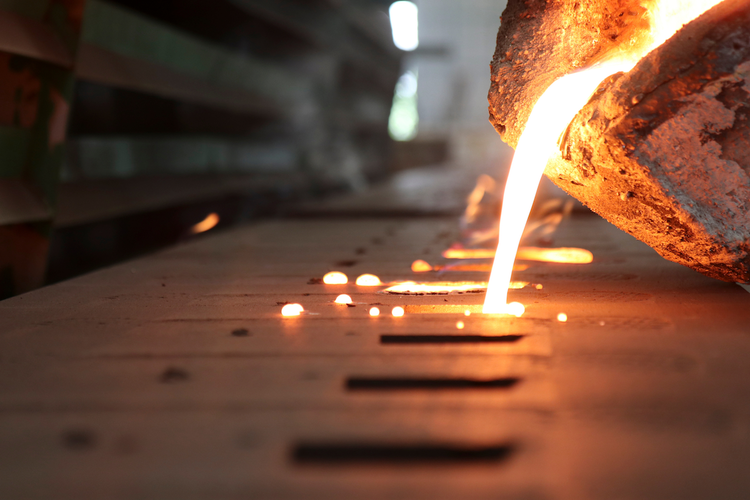 We pride ourselves on our quality metal sand castings. Because of our unique sand process, we are able to obtain smooth surface finishes of Ra 120-220.
We pride ourselves on our quality metal sand castings. Because of our unique sand process, we are able to obtain smooth surface finishes of Ra 120-220.
With Fine-grain air set castings large, thick, and/or heavy parts can be successfully cast. We are capable of casting parts with thick cross-sectional areas and a typical wall thickness of .150”-.500”.
Sand Castings provide excellent mechanical properties and parts requiring cores are easily done. Simple and very complex parts are achievable and prototype to low-volume-production quantities is possible.
2.The 6-Step Process of Metal Sand Castings
Also known as sand molding casting, metal sand casting is a casting-based manufacturing process that involves the use of a sand mold. It’s used to create metal products and components in a variety of sizes and shapes. To put its popularity into perspective, statistics show over half of all metal castings — about 60% — are produced using sand casting. Below, you’ll learn more about the six primary steps of metal sand casting.
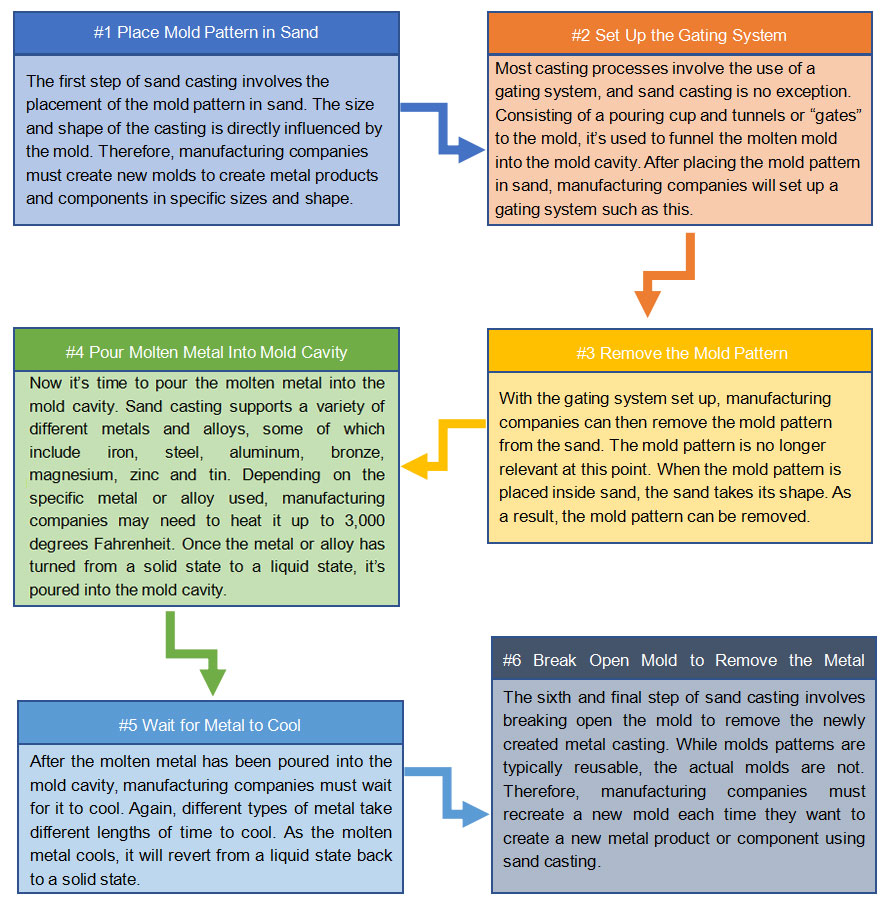
3.Advantages and disadvantages of Metal Sand Castings
The main advantages of metal sand castings are listed below:
●Sand casting can be used to make virtually any size part from a gun trigger to an engine block – it is not restricted by the desired part size if the right mold is fabricated
●Sand casting can create very complex parts if the correct cores/gating systems are used
●The process is highly adaptable and can be implemented in the mass production of parts
●Almost all types of alloys can be cast, as long as they melt and are pourable
●The cost of the equipment is low, as it often involves just sand and reusable patterns
●The lead time to make the molds is short, making sand casting ideal for short production runs
●Sand casting has a low set-up cost and is cost-effective to modify
The main disadvantages of metal sand castings are listed below:
◆Sand casting creates a high degree of porosity in the metal, causing a low final part strength
◆The surface finish out of the mold is poor and must be cleaned
◆The dimensional accuracy of the cast parts is low due to the poor surface finish as well as the shrinkage of the metal once cooled
◆Sand casting cannot prevent defects, so cleaning is mandatory and can be time-consuming
◆Sand-casted parts with low tolerances must undergo some secondary machining
So while sand casting may be a cheaper alternative to investment casting and can provide much more complex shapes, it takes a lot more legwork to get the same accuracy, finish, and overall part quality.
4.Applications of Metal Sand Castings
It is difficult to grasp how many different technologies use sand casting. Its versatility as a casting process makes it ideal for almost any complex part, and almost every modern technology benefits from this manufacturing process. Below is a list of only a few of the products which are fabricated using the sand casting process, which shows just how varied the possible applications can be.
Metal sand castings is used to create such products as:
|
◇ Many kinds of pistons and valves ◇ Blowers/impellers ◇ Cams, bushing, and bearings ◇ Electronic equipment ◇ Gas/oil tanks ◇ Most hardware ◇ Engine blocks |
◇ Automobile parts ◇ Screws, nuts, and gears ◇ Agricultural machines ◇ Medical equipment ◇ Mining equipment ◇ and much more.
|
Sand casting, while nowhere near as precise as investment casting, is a low-cost, low complexity manufacturing process that has repeatedly proven itself as an integral part of modern manufacturing.
5.FAQ
Q: What kind of sand is used for metal sand castings?
A: Foundry sand is clean, uniformly sized, high quality silica sand, used in foundry casting processes. The sand is bonded to form molds or patterns used for ferrous (iron and steel) and non-ferrous (copper, aluminum, brass) metal castings.
Q: What materials can be used for sand casting?
A: Sand casting supports a variety of different metals and alloys, some of which include iron, steel, aluminum, bronze, magnesium, zinc and tin. Depending on the specific metal or alloy used, manufacturing companies may need to heat it up to 3,000 degrees Fahrenheit.
Q: How to achieve a good surface finish in sand casting?
A: 1. The integrity of the pattern
2. The choice of sand
3. Effective ramming of the molds
4. High-integrity sand cores
5. Machining and finishing

